Breaking genetic barriers: The incredible story of the human pangenome.

Hey, curious people! I have some great news for you that will blow your mind, some scientists from UC Santa Cruz, together with a group of researchers, have launched a new breakthrough in the world of genomics: the first human pangenome! What the heck is that? Well, it is a reference that combines the genetic material of 47 people of different origins to better understand the world’s genetic diversity. Now they will be able to dig deeper and more accurately analyze our DNA, like never before!
Picture this: you’ve added 119 million “letters” (yes, the DNA bases) to the existing genomic reference and that’s no mean thing, huh? It turns out that with a single reference genome we couldn’t cover all of humanity’s genetic diversity, but now, with this pan-genome, it’s a different story. It is more complete, more precise, and allows us to detect many more variants in the human genome. It’s like having an enhanced genetic map with built-in GPS! And you know what the coolest thing is? This does not stop here! The project will continue until 2024, and by then they plan to publish a final pangenome that will include genomic information from 350 individuals! They want to embrace as much diversity as possible and create something inclusive and representative. Bravo, brave scientists!
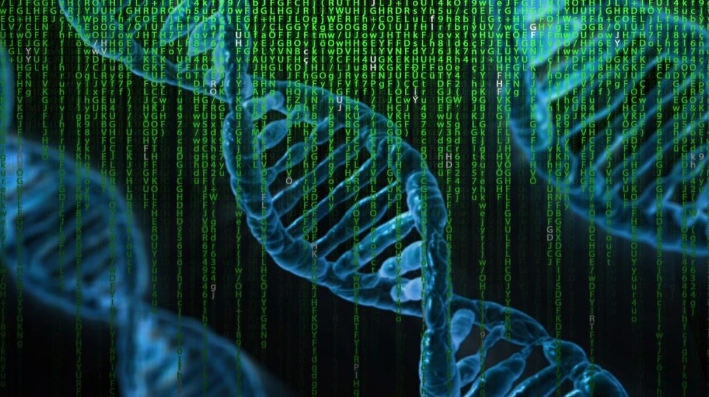
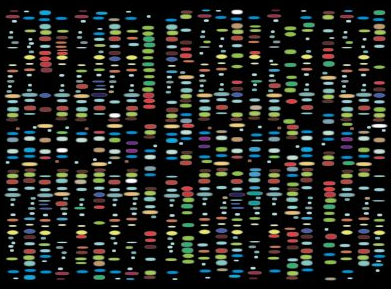
But what does all this mean for us mortals? Well, it turns out that each person has a unique genome, and understanding our genetic differences can help improve our health. Thanks to the pangenome, scientists will have a more powerful tool to detect and understand genetic variations in future studies, so perhaps in the near future, they will be able to predict diseases, diagnose them, and find more effective treatments. Amazing, right?! Until now, when scientists studied someone’s genome, they compared it to a standard reference to find differences, but this reference was limited and could not represent all the genetic variability in the human population. Oops! That’s like trying to fit all your different sized items of clothing on one hanger. Not everything fits! But with the pangenoma, things change. It’s like having a giant closet with room for all possible genetic variants. Long live space and inclusion!
The pangenome also helps us better understand structural variants, which are larger changes in DNA. Until now, we have been unable to identify more than 70% of these variants because our tools were limited and we used a single reference sequence. But now, with this new resource, scientists have the ability to more precisely explore and map these structural variants, meaning they will be able to identify more genetic variants associated with inherited diseases and conditions, which in turn may lead to better diagnosis and treatment. In addition, the pangenome will make it possible to investigate and better understand human evolution, as well as to study the relationship between genes and predisposition to certain diseases in different populations. In summary, the human pangenome represents a significant advance in genetics and promises to open new doors for research and personalized medicine. The future of genetics looks exciting!
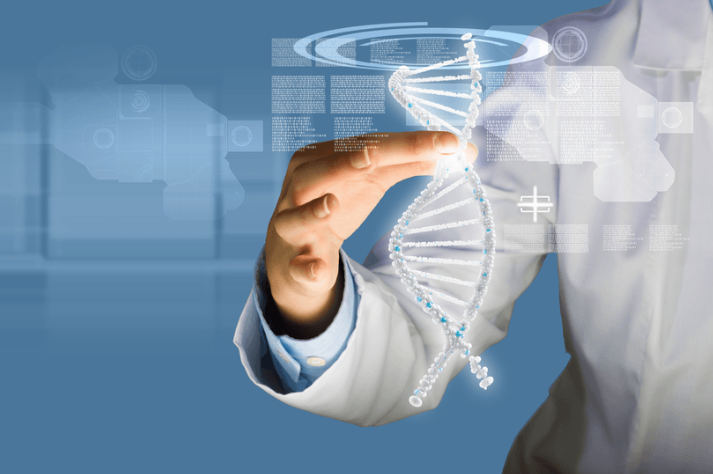
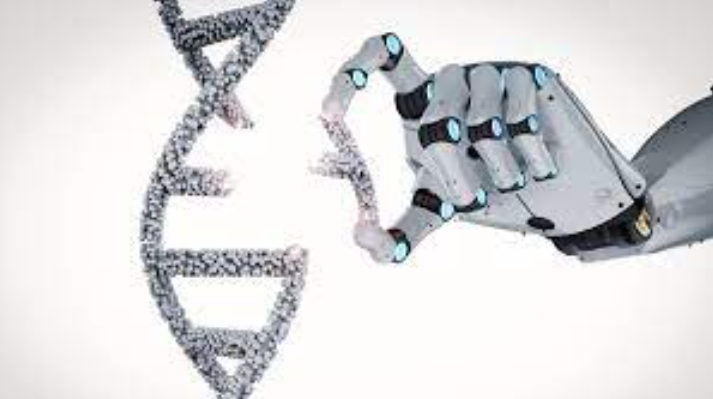
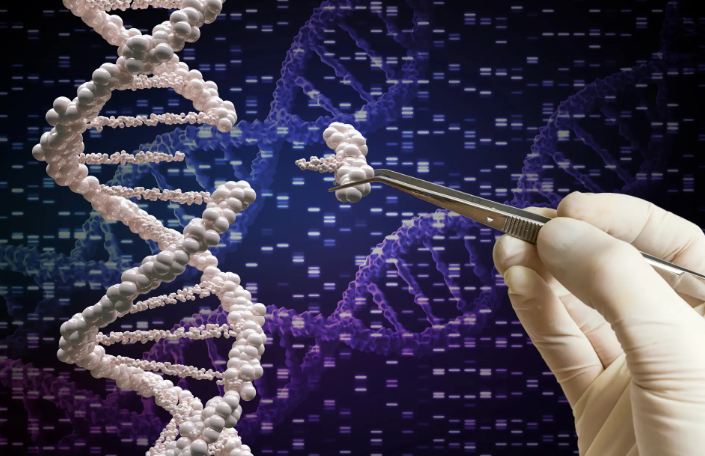
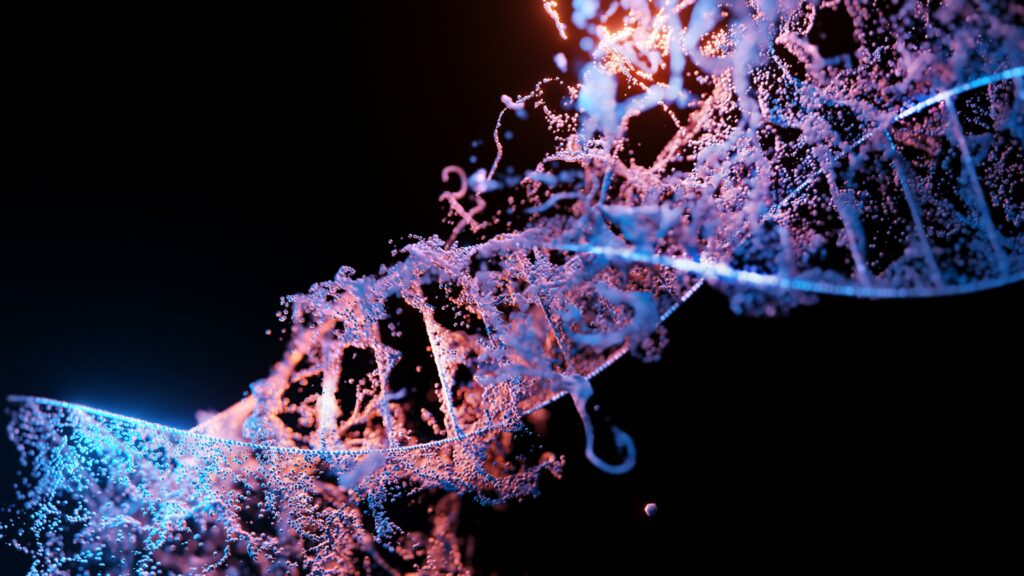
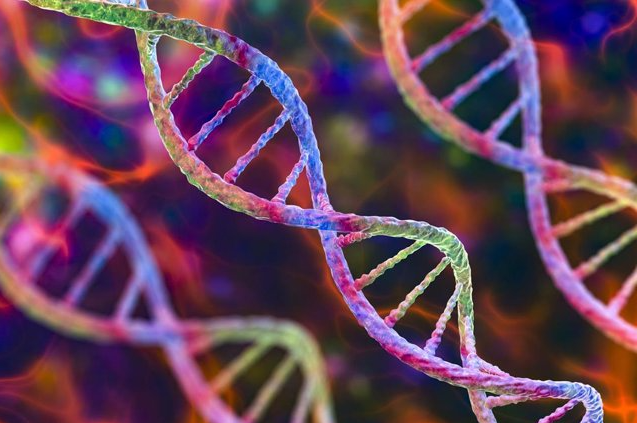
Responses